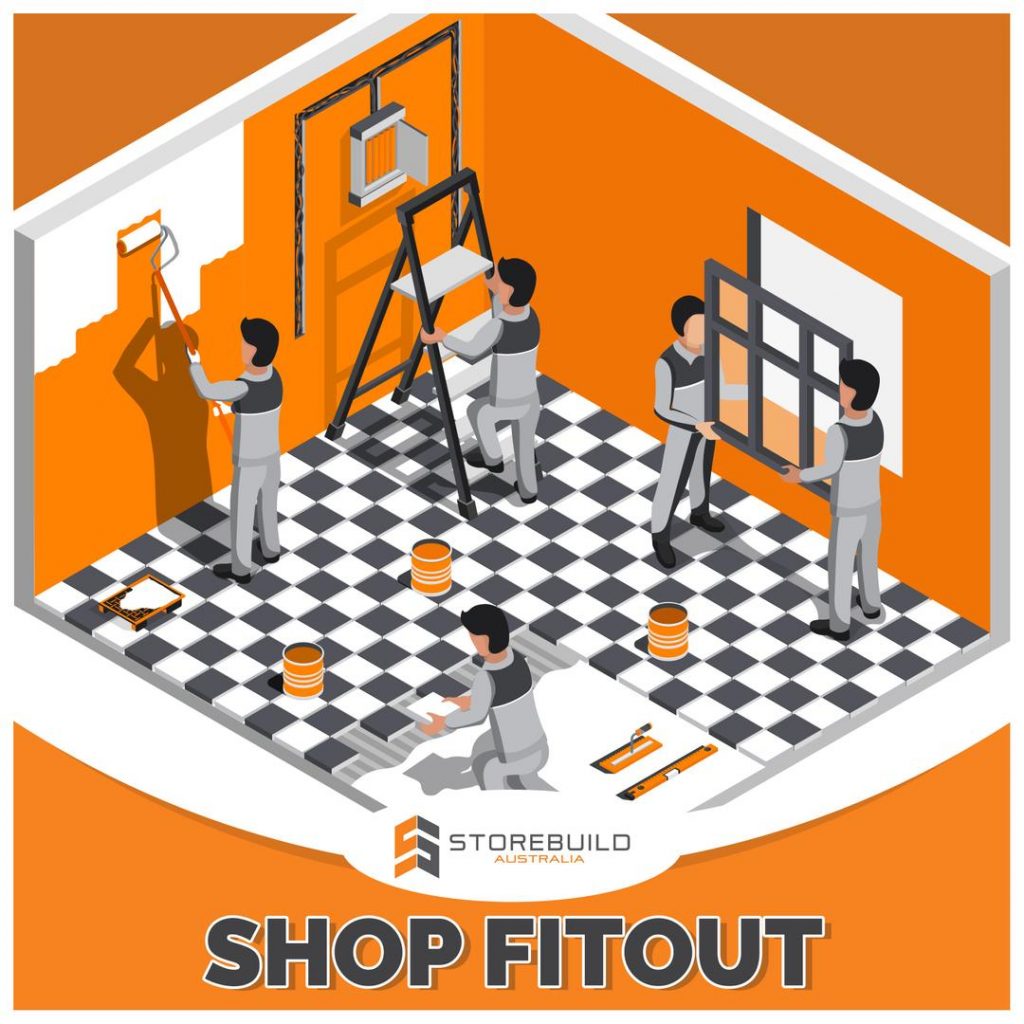Within today's competitive retail environment, developing a captivating and functional space is essential for drawing in customers and driving sales. A successful retail fit-out is not just a fresh coat of paint or new shelving; it involves a holistic approach to crafting environments that improve the shopping experience. From concept to realization, understanding the intricacies of a retail fit-out can significantly impact your business's prosperity.
This article examines the key tools and strategies necessary for executing a retail fit-out project that not only shows your brand identity but also captures customers effectively. If you're starting a renovation or getting ready to open a new store, mastering the key elements of design, budgeting, and sustainability will pave the way for a successful outcome. Discover how to create an atmosphere that resonates with your target audience and distinguishes your business apart in a rapidly evolving retail landscape.
Grasping Retail Fit-Outs
Retail fit-outs refer to the procedure of preparing a commercial space ready for use by a retail business. This includes all aspects from interior aesthetics and layout planning to acquisition and installation of fixtures, furniture, and equipment. A successful retail fit-out transforms a standard space into a branded environment that reflects the business's identity and meets customer needs. It’s an essential aspect of creating a retail presence that not just enhances the aesthetics but also improves functionality.
The value of retail fit-outs lies in their capability to influence customer experience and sales performance. A carefully planned fit-out can foster a welcoming atmosphere that draws in customers, leading them through the store and promoting purchases. Elements such as the store layout, lighting, and overall ambiance hold significant roles in how customers experience and connect with the brand. Without a integrated fit-out, a retail space may encounter difficulties to attract and retain customers, ultimately influencing the bottom line.
Furthermore, understanding the retail fit-out process helps businesses plan efficiently, minimizing disruptions and securing a smooth transition into the new space. It involves cooperation with multiple stakeholders including designers, contractors, and suppliers. Retail Fit Out Devon of these elements has to be thoughtfully coordinated to comply with deadlines and budget constraints. A deep grasp of the fit-out journey empowers businesses to make educated decisions that correspond with their operational goals and customer expectations.
Retail Fit-Out Procedure and Financial Planning
The retail fit-out process starts with comprehensive planning and design. This is the phase where you define your vision and objectives for the space, ensuring that it corresponds with your brand identity and improves the customer experience. Engaging with skilled designers can help you optimize the functionality and aesthetics of your store. It's crucial to create a layout that encourages customer engagement while also addressing operational needs, from product placement to staff workflow.
Once the design is finalized, budgeting becomes a vital part of the fit-out process. Accurate budgeting demands a detailed understanding of all potential costs, such as materials, labor, permits, and any unforeseen expenses that may arise. To avoid overstretching your finances, consider breaking down the costs into realistic sections and exploring financing options that meet your business needs. Identifying the hidden costs associated with retail fit-outs can assist you ready better and allocate resources efficiently.
Throughout the fit-out process, regular updates with contractors is crucial for keeping on track with both the timeline and budget. A well-managed project can significantly minimize the risk of delays and additional costs. It's beneficial to use project management tools and keep a close eye on the progress to ensure that everything corresponds with your original vision. Finding the right balance between quality and budget will guarantee that your retail fit-out is not only aesthetically pleasing but also cost-effective, allowing you to create a sustainable and attractive marketplace.

Eco-Friendliness and Innovation in Retail Fit-Outs
Sustainability is becoming a crucial consideration in store installations as businesses recognize the importance of green practices. Incorporating sustainable materials, such as reclaimed wood and recycled metals, not only does it reduce the ecological footprint of a shop but also attracts increasingly eco-conscious consumers. By opting for energy-efficient lighting and HVAC systems, stores can further minimize their energy consumption and operational costs. These choices reflect a commitment to environmental responsibility that can significantly enhance the brand’s reputation.
Innovation plays a significant role in modern store installations, leveraging tech to create compelling customer interactions. Smart technology, such as IoT sensors and interactive displays, can be smoothly integrated into the shop layout to engage customers better. For instance, digital signage can provide tailored promotions and product information, while interactive mirrors in fitting rooms can enhance the customer experience. By embracing innovative solutions, stores not only improve the functionality of their spaces but also position themselves as progressive brands.
Balancing sustainability and innovation requires a thoughtful approach to design and planning. Retailers should partner with fit-out professionals who prioritize eco-friendly practices and are knowledgeable about the latest tech advancements. This collaboration can lead to the creation of a distinctive retail environment that not only drives sales but also showcases a strong commitment to sustainability. As customer expectations shift towards brands that prioritize environmental responsibility, integrating these features into retail fit-outs is crucial for sustained success.
